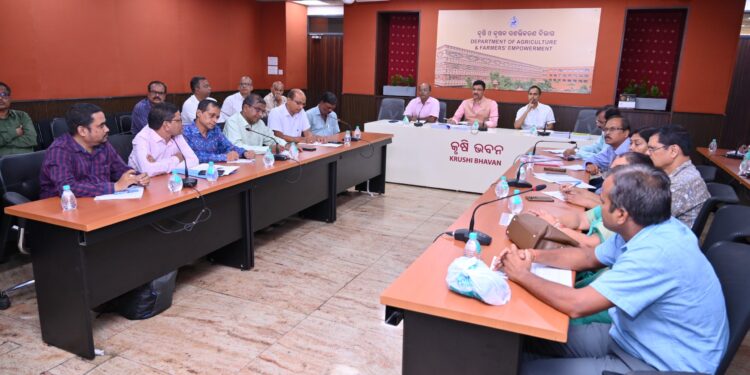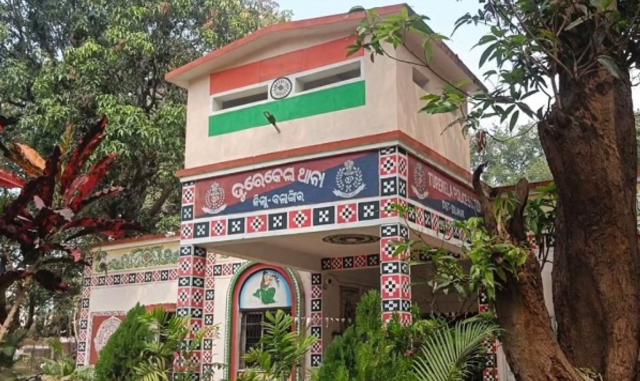In a significant step toward sustainable agriculture and enhanced farmer prosperity, the Odisha State Seed Sub-Committee, chaired by Principal Secretary of the Department of Agriculture and Farmers’ Empowerment (DA&FE), Dr. Arabinda Kumar Padhee, approved the release of new high-yielding, climate-resilient crop varieties on Wednesday.
Developed by the Odisha University of Agriculture and Technology (OUAT) and the Central Rice Research Institute (CRRI) in Cuttack, these varieties include maize, mustard, and rice, designed to thrive in Odisha’s diverse agro-climatic conditions while addressing challenges like drought, salinity, and temperature stress.
The newly released non-paddy varieties include OUAT Kalinga Maize 1 (Khushi), tailored for kharif rainfed dry spell conditions and ideal for maize-dominated districts like Nabarangpur, and two mustard varieties, OUAT Kalinga Mustard 2 (Samrudhhi) and OUAT Kalinga Mustard 3 (Sidhhi), both boasting higher oil content and superior yields.
For paddy, OUAT introduced four varieties: OUAT Kalinga Rice-3 (Sampada), perfect for puffed rice with antioxidant properties; OUAT Kalinga Rice-12 (Paraja); OUAT Kalinga Rice-12A (Padmaja), a bio-fortified variety suited for organic farming; and OUAT Kalinga Rice-14 (Shreepada), another bio-fortified rice rich in iron and antioxidants, poised to replace the popular Swarna (MTU-7029). CRRI contributed seven paddy varieties: CR Dhan 215 (Indumati), ideal for aerobic and saline coastal areas; CR Dhan 325 (Salila); CR Dhan 334 (Satyadev); CR Dhan 335 (Alok); CR Dhan 604 (Kalpana), tolerant to low temperatures and heat with pest resistance; CR Dhan 705 (Ganga); and CR Dhan 912 (Ashutosh Mehek), an aromatic rice resistant to pests.
Dr. Padhee emphasised the transformative potential of these varieties, stating, “These climate-resilient, short-duration crops will not only boost farmers’ income but also pave the way for a sustainable and resilient agricultural future.” The committee prioritised developing varieties with enhanced nutritional value, shorter growth cycles, and resilience to climate challenges, ensuring they meet the needs of Odisha’s farmers while promoting food security.
Notable varieties include CR Dhan 604 (Kalpana), which withstands low temperatures at the seedling stage and heat during reproduction, and OUAT Kalinga Rice-12A (Padmaja), which supports organic cultivation. The aromatic CR Dhan 912 (Ashutosh Mehek) and antioxidant-rich OUAT Kalinga Rice-14 (Shreepada) cater to both market demand and nutritional needs.
The meeting, attended by Director of Agriculture & Food Production Shubham Saxena and officials from OUAT and the Agriculture Department, underscored Odisha’s commitment to agricultural innovation. These varieties are expected to empower farmers, enhance crop productivity, and strengthen the state’s resilience to climate change, marking a milestone in Odisha’s agricultural journey.





























